Search
Search Results

Article
Natural Rights & the Enlightenment
The idea of natural rights is the concept used in philosophy and legal studies that a person has certain rights from birth and which, because they were not awarded by a particular state or legal authority, cannot be removed, that is, they...
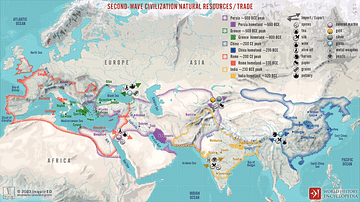
Image
Second-Wave Civilization Natural Resources and Trade
A map illustrating the rise and spread of the Second Wave Civilizations between c. 500 BCE and 200 CE (including the Persians, the Greeks, the Romans, the Chinese, and India) with the flows of trade in major goods and resources.
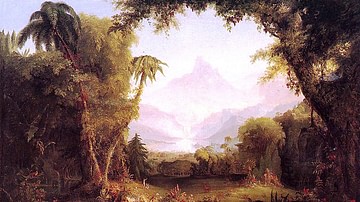
Definition
State of Nature
The state of nature is an idea which became especially popular with certain philosophers during the Enlightenment, notably Thomas Hobbes (1588-1679), John Locke (1632-1704), and Jean-Jacques Rousseau (1712-1778). It refers to a state of existence...
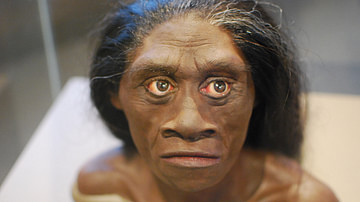
Image
Homo Floresiensis Reconstruction
Reconstruction of the head of a Homo floresiensis individual, as on display at the Smithsonian's Natural Museum of Natural History in Washington, D.C.
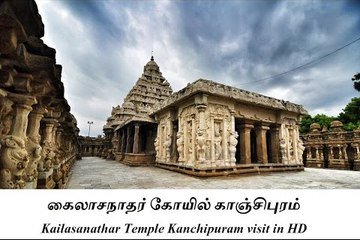
Video
Kailasanathar Temple, Kanchipuram
The Temple site of Kanchipuram. LIKE | SHARE | SUBSCRIBE to Natural studios :) Subscribe : https://www.youtube.com/subscription_center?add_user=naturalstudios1 —————————————————————————————————————-...
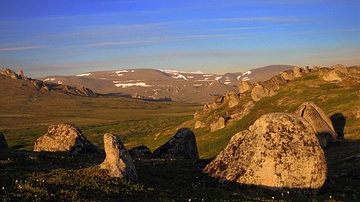
Image
Bering Land Bridge Natural Preserve
Bering Land Bridge Natural Preserve. Many parts of this area look similar to how it may have looked when the first humans arrived there, perhaps around 30,000 years ago. From there on, early humans may have crossed to the Americas by around...
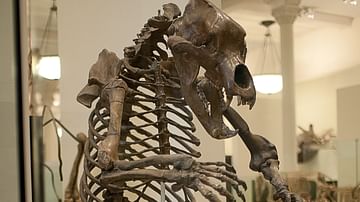
Image
Cave Bear Skeleton
Skeleton of a cave bear (Ursus spelaeus) on display at the American Museum of Natural History. The cave bear lived in Europe during the Pleistocene and shared the stage with early humans up to around 24,000 years ago, when it went extinct.
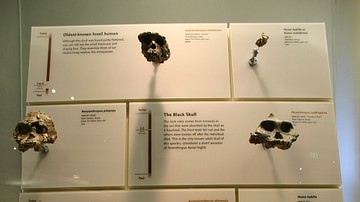
Image
Hominin Skulls
Wall of hominin skulls on display in the David H. Koch Hall of Human Origins at the Smithsonian Natural History Museum. They were all found in Africa. Left to right, from the top: Sahelanthropus tchadensis, Homo habilis or Homo rudolfensis...
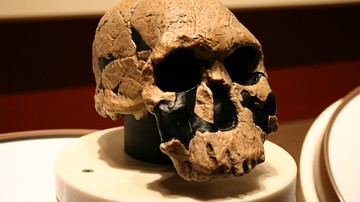
Image
Homo Rudolfensis Skull (KNM-ER 1470)
Cast of the skull (KNM-ER 1470) of Homo rudolfensis. The original specimen was found at Koobi Fora in Kenya by Bernard Ngeneo (a member of Richard Leakey's team) in 1972. The skull is c. 2 million years old. David H. Koch Hall of Human...
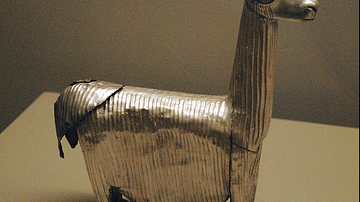
Image
Inca Silver Alpaca
A silver alpaca from the Inca civilization of Peru, c. 1400 and 1533 CE. (American Museum of Natural history, New York)